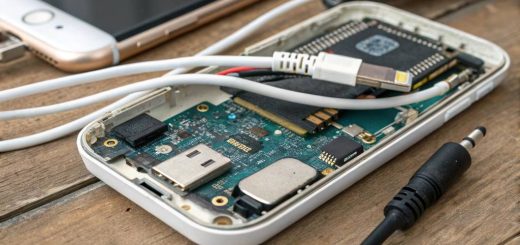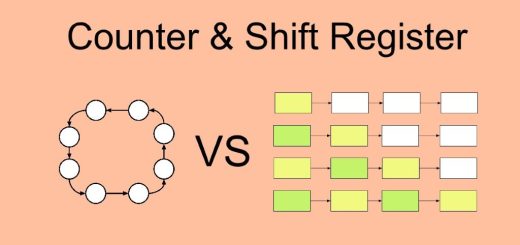Conveyancing for sellers: a step by step guide
Understanding the processes of buying a house can remove some of the inevitable stresses involved. Let’s take a look at conveyancing and what you should know, from choosing your conveyancer to completing your property purchase.
What is conveyancing?
First and foremost, you need to understand what conveyancing is: the legal transfer of property ownership from the seller to the buyer. It begins when you have an offer accepted and ends when you receive the keys to your new home.
How long does it take?
The conveyancing process will usually take between 8 and 12 weeks to get to the point where you exchange contracts and your purchase becomes legally binding; however, you should be aware that various things can occur that will delay proceedings. It is important to take this into consideration when planning your move.
Instructing your conveyancer or solicitor
You can choose to use either a licensed conveyancer, such as those on the panel of a company such as Sam Conveyancing, or a solicitor to complete the legal work on your property purchase. Remember that conveyancers are experts but not all solicitors will be, so it is important to choose wisely.
You might want to consider using a firm offering fixed fee conveyancing to ensure you can budget effectively and avoid the potential for nasty financial surprises going forward.
It is important to consider other factors in addition to price and payment arrangements; for example, word of mouth can be invaluable in assessing the effectiveness and efficiency of a firm. You can also find a licensed conveyancer through the CLC website.
Checking the deeds
The seller’s solicitor will check that they legally own the property and draw up the contract. Your solicitor or conveyancer will be sent this contract, along with a copy of the title deeds and completed property forms.
Ask any questions
Use your conveyancer to ask any questions you may have about the property. You may be able to negotiate on price or repairs if your survey flags up any major issues.
Once the contracts are signed, you will have to hand over your deposit. This is usually a minimum of five per cent of the property’s value. It can be passed up the chain if there is one; obviously, first-time buyers will have to pay their own deposit.
Exchanging contracts
Once this happens, you and the seller are legally bound to the purchase. Completion dates will normally be set for a fortnight after the exchange, although this is not set in stone. Even exchange and completion on the same day is possible.
Completion
On completion day, you will pay the final balance via the solicitors involved. You may want to consider the day you want to complete on. Fridays are the most popular but you may find another weekday better, as service providers are less busy and you don’t have a weekend following when it can be difficult to sort out any issues. You may even get a discount from removal firms.
Re-register the title deeds
To complete the process, your conveyancer will complete the legalities and paperwork. This will include registering the property’s change of ownership. HM Land Registry has to be informed of this within a five-week period after you have completed the sale.











